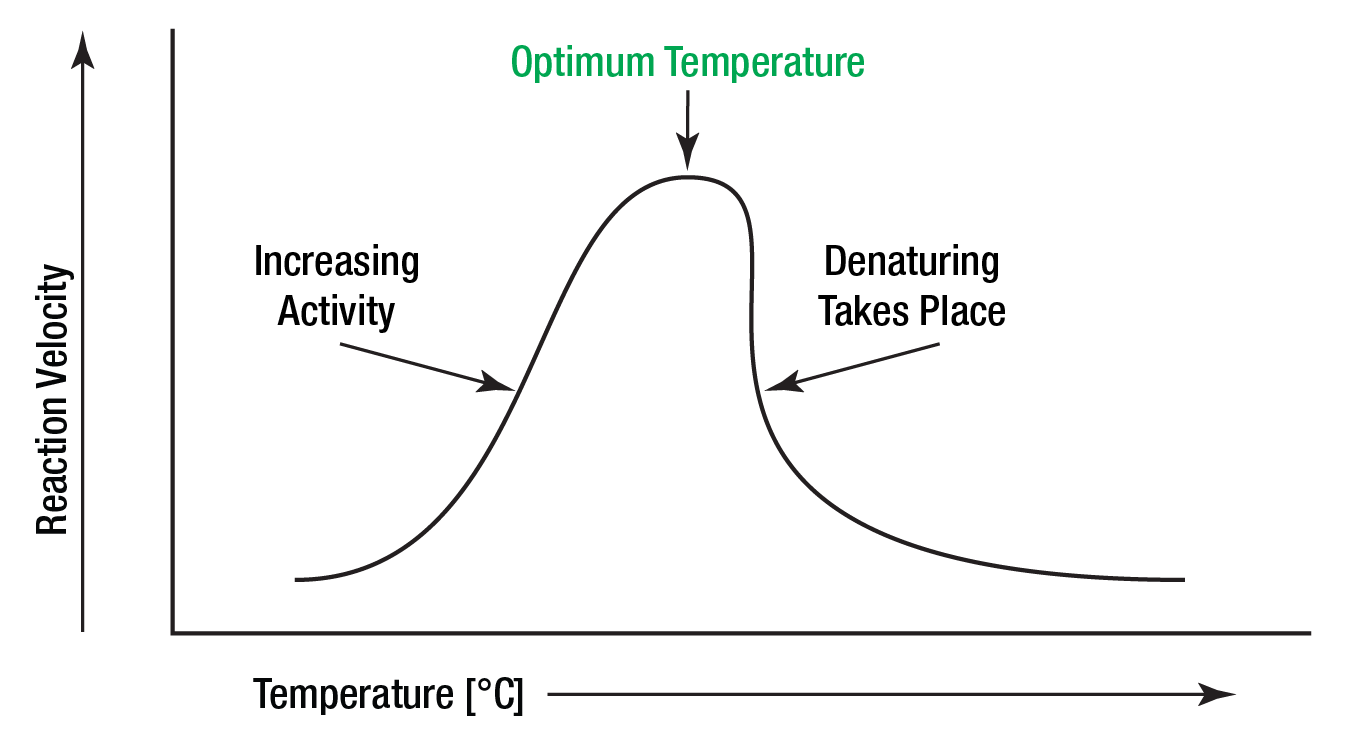
Source: Worthington Biochemical
Solar Cell Temperature Dependence
Temperature plays a crucial role in the performance of solar cells. As with other semiconductor devices, solar cells are sensitive to temperature changes. When the temperature increases, the bandgap of the semiconductor decreases, affecting various material parameters. This decrease in bandgap leads to an increase in the energy of electrons in the material, reducing the energy required to break the bond and ultimately lowering the bandgap.
Impact on Solar Cell Parameters
One of the key parameters affected by temperature in a solar cell is the open-circuit voltage. The open-circuit voltage decreases with temperature due to the temperature dependence of I 0, which is a critical factor in the performance of the cell.
Intrinsic Carrier Concentration
The intrinsic carrier concentration, denoted as n i, has a significant impact on the behavior of solar cells with temperature changes. It is influenced by the bandgap energy and carrier energy, with higher temperatures leading to higher intrinsic carrier concentrations.
Temperature Sensitivity
For silicon solar cells operating near room temperature, the reverse saturation current I 0 approximately doubles for every 10 °C increase in temperature. The temperature sensitivity of a solar cell is closely related to its open-circuit voltage, with higher voltage cells being less affected by temperature variations.
Short-Circuit Current and Maximum Power Output
The short-circuit current (I sc) in a silicon solar cell shows a slight increase with temperature due to the decrease in bandgap energy. However, the change is relatively small compared to the temperature dependence of the open-circuit voltage. The temperature dependency of the fill factor and maximum power output is also a crucial consideration in solar cell performance.
Room Temperature Considerations
While most semiconductor modeling is done at 300 K, solar cells are typically measured at 25 °C. The difference between these temperatures is usually insignificant for practical purposes. Adjustments may be required in modeling to align with measured results.
Understanding the temperature dependence of solar cells, particularly the intrinsic carrier concentration and its impact on key parameters, is essential for optimizing the performance of photovoltaic systems.

Source: Teachoo
Feel free to comment your thoughts.
